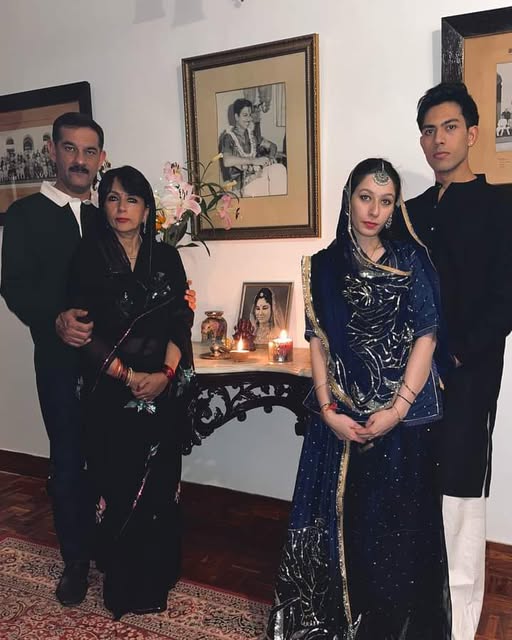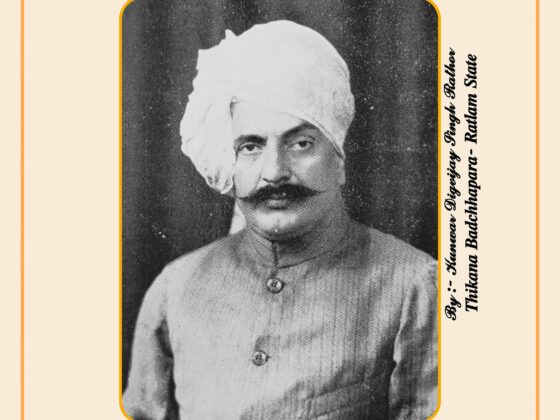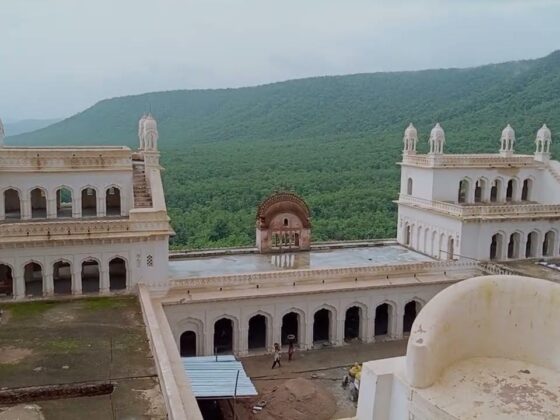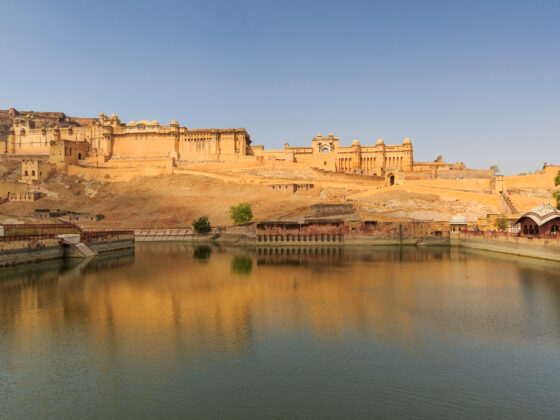The Royal Family of Alwar: A Legacy of Valor, Heritage, and Culture

Introduction
The Royal Family of Alwar has a remarkable legacy that intertwines history, valor, and cultural grandeur. Located in the Aravalli hills of Rajasthan, Alwar was one of the first princely states to align with British India. However, its rulers maintained an independent identity through strategic governance and patronage of art and architecture. This article explores the rich heritage of the Alwar royal dynasty, their contributions, and their modern-day legacy.
The Origins of Alwar’s Royalty
The history of Alwar’s royal lineage dates back to the 18th century, when Pratap Singh founded the kingdom in 1770. He was a valiant Rajput warrior from the Kachwaha clan, known for his military prowess. Consequently, under his rule, Alwar emerged as a powerful state, fortifying its military strength and establishing a unique governance structure.
Key Rulers of Alwar and Their Contributions
Maharaja Pratap Singh (1770–1791)
Pratap Singh laid the foundation of the Alwar kingdom by expanding its territory and securing its political autonomy. Furthermore, his strategic military alliances helped Alwar sustain its sovereignty during the turbulent times of the 18th century.
Maharaja Bakhtawar Singh (1791–1815)
A strong ruler, Bakhtawar Singh is credited with reinforcing Alwar’s governance and administration. Moreover, he fostered diplomatic relations with the British, securing the state’s safety and prosperity.
Maharaja Jai Singh (1903–1937)
One of the most prominent rulers, Maharaja Jai Singh played a significant role in modernizing Alwar. Not only did he introduce educational reforms, but he also promoted industrialization and encouraged advancements in infrastructure, bringing it into the modern era.
Maharaja Tej Singh (1937–1971)
Maharaja Tej Singh was the last reigning ruler before it was merged into the Indian Republic in 1949. Despite the political changes, he continued to play a significant role in preserving Alwar’s cultural heritage. In addition, his efforts ensured that the rich traditions of Alwar were not lost.
Architectural and Cultural Contributions
The Royal Family of Alwar left an indelible mark on Rajasthan’s architectural and cultural landscape. Some of their most notable contributions include:
Alwar Fort (Bala Quila)
Perched atop a hill, Bala Quila is a majestic fort that narrates the tales of Alwar’s rulers. Built in the 15th century, it was later fortified by Maharaja Pratap Singh. As a result, the fort offers breathtaking views and remains a symbol of Alwar’s military strength.
City Palace (Vinay Vilas Mahal)
A splendid example of Rajput and Mughal architecture, the City Palace of Alwar was built by the royal family as a testament to their grandeur. Additionally, the palace houses a museum with a remarkable collection of artifacts, royal insignias, and rare manuscripts.
Sariska Palace
Originally a royal hunting lodge, Sariska Palace is now a heritage hotel. It reflects the opulence of Alwar’s royalty and stands within the Sariska Tiger Reserve, symbolizing the royal family’s love for nature and wildlife conservation. Furthermore, it has become a popular tourist attraction, drawing visitors from across the country.
The Royal Family of Alwar in Modern Times
After India’s independence, the princely state of Alwar was integrated into Rajasthan. While the monarchy was officially dissolved, the royal lineage continues to play a significant role in preserving Rajasthan’s heritage. Moreover, members of the royal family have been involved in philanthropy, heritage conservation, and politics.
Notably, the descendants continue to engage with the local community, promoting tourism and restoration projects to ensure that Alwar’s legacy thrives in the modern world. Consequently, their contributions help keep the historical significance of Alwar alive.
Conclusion
The Royal Family of Alwar has left a lasting impact on Rajasthan’s history. From military conquests and architectural marvels to their contributions to governance and culture, their influence is evident across Alwar. Although the era of monarchy has ended, their legacy continues to inspire generations through preserved heritage sites, cultural traditions, and historical narratives.
Alwar remains a cherished destination, attracting history enthusiasts and travelers eager to explore its royal past. Whether through its forts, palaces, or cultural festivities, the grandeur of Alwar’s royal family continues to shine through the sands of time.









